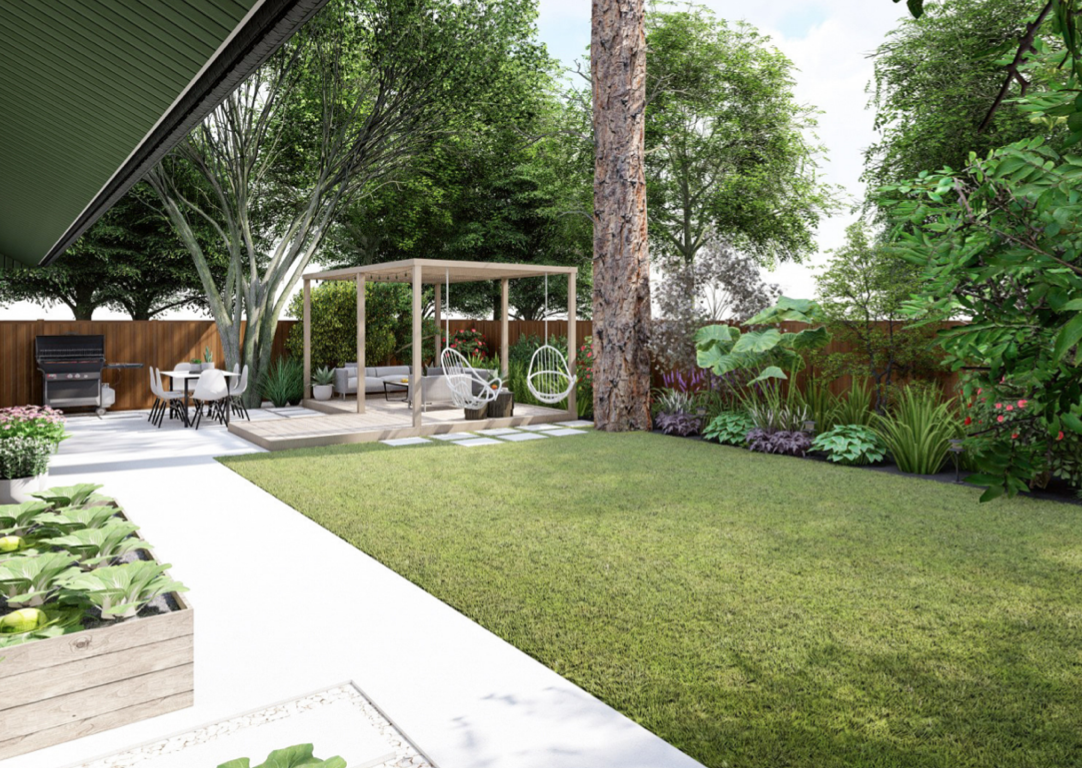The Symbolism in a Zen Back garden

The principal composition of a Japanese backyard is identified by the architecture that consist of it that is, the framework of enduring features these types of as buildings, verandas and terraces, paths, tsukiyama (synthetic hills), and stone compositions. It is ideal to set in compact places or areas with out sufficient mild or air flow necessary for a conventional garden.
There is a large variety of Zen thought in the Japanese garden. Right here are some critical features as illustrations:
Gates (torii), fences, straw ropes, and cloth banners acted as indications to demarcate paces.
Bridges(hashi), passing over the bridge was analogous to passing from a person environment to the next. As Zen affect arrived into the forefront, bridges took on the extra Taoist indicating of passing from the world of male into the earth of character, a move from this aircraft to a higher just one
Drinking water (Mizu) Buddhism normally considered drinking water the most apt metaphor for human existence, springing up, gathering toughness in its downhill race to disappear calmly into the sea (reborn all over again as rain). In ponds in the back garden, it creates “damaging” room in the garden exactly where almost nothing else resides.
Plantings. While Zen in fact diminished the plant palette when it arrived, continue to there are a handful of Zen thoughts in the plantings. Significant bamboo are normally found in temple gardens as the canes are a best case in point of the basic principle of mushin or “empty heart” (the vacant coronary heart presents energy through versatility). Plums are a recurrent Zen theme, flowering devoid of leaf, usually whilst snow is even now on the ground (symbolizing resilience and rebirth). Pine is known as mutsu, a seem-alike for the phrase for ‘waiting’, so it is established in the back garden as a symbol of power and tolerance
Shrines ended up far more of a psychological assemble than physical emplacements, a put that existed in the intellect as a substitute of a place that could be witnessed. The shrine is a environment of spirit. It is also a place wherever people and spirit satisfy.
Sand or gravel signifies water. Raked or not raked, that symbolizes sea, ocean, rivers or lakes.
The act of raking the gravel into a sample recalling waves or rippling drinking water has an aesthetic perform. Zen clergymen practice this raking also to support their concentration. Reaching perfection of strains is not uncomplicated. Rakes are according to the styles of ridges as preferred and confined to some of the stone objects located inside the gravel space. Nevertheless frequently the patterns are not static. Acquiring variations in patterns is a creative and inspiring challenge.
Stones are the major elements of style and design in Japanese yard. They are regarded as a lot more crucial than trees to the Japanese, potentially thanks to the strong drive for eternity and stones signify the everlasting factors in character. In Japanese garden layout, stones are utilized in combination with other stones, or sand to indicate a organic scene or to produce an abstract layout. The shapes of all-natural stones have been divided into 5 classes termed 5 organic stones. The Japanese employed the characters of wooden, hearth, earth, metallic and drinking water to symbolize stone factors, and are utilized to 5 courses of stone designs:
- Taido: wood. Tall vertical. Implies higher trees. Also known as system stones, put in the back of a grouping.
- Reisho: metallic. Low vertical. Indicates the continual and firmness of steel. Generally grouped with tall verticals. It is often called soul stones.
- Shigyo: fireplace. Arching. Branches that condition like fire. These sorts of branches called stone atmosphere and peeing stones. Frequently positioned in the front and to one particular facet of other styles.
- Shintai: water. Flat or horizontal. Named level base stones or head and human body stone. Typically applied for harmonization in rock groupings.
- Kikyaku: earth. Reclining. Generally regarded as root or prostrate stones. Generally placed in the foreground to make a harmony visual appeal.
The information in Zen Yard is that each and every divided spot remains agent of the complete of character the fence can help us to understand the division and the garden really should remind us of the whole. The gates in fences are very considerably like the bridge in deep this means the phrase “to go as a result of the gate” is a metaphor for becoming a monk.
Changeover in between 1 state of existence and the next.







